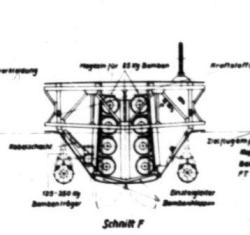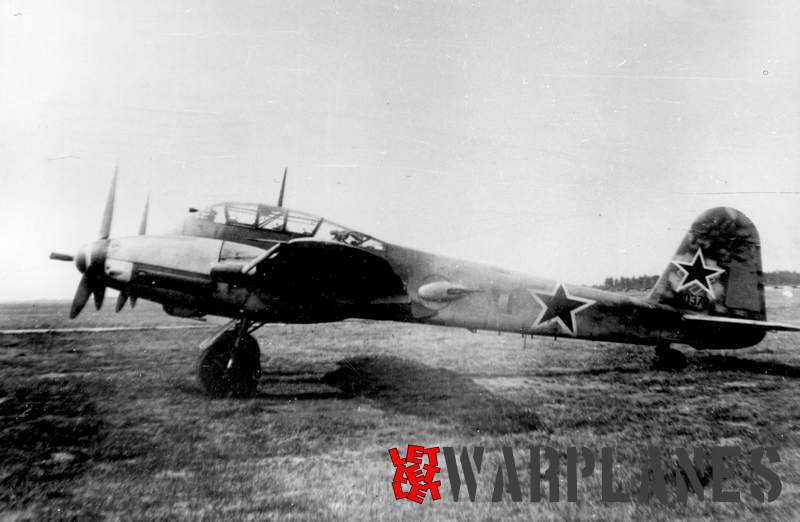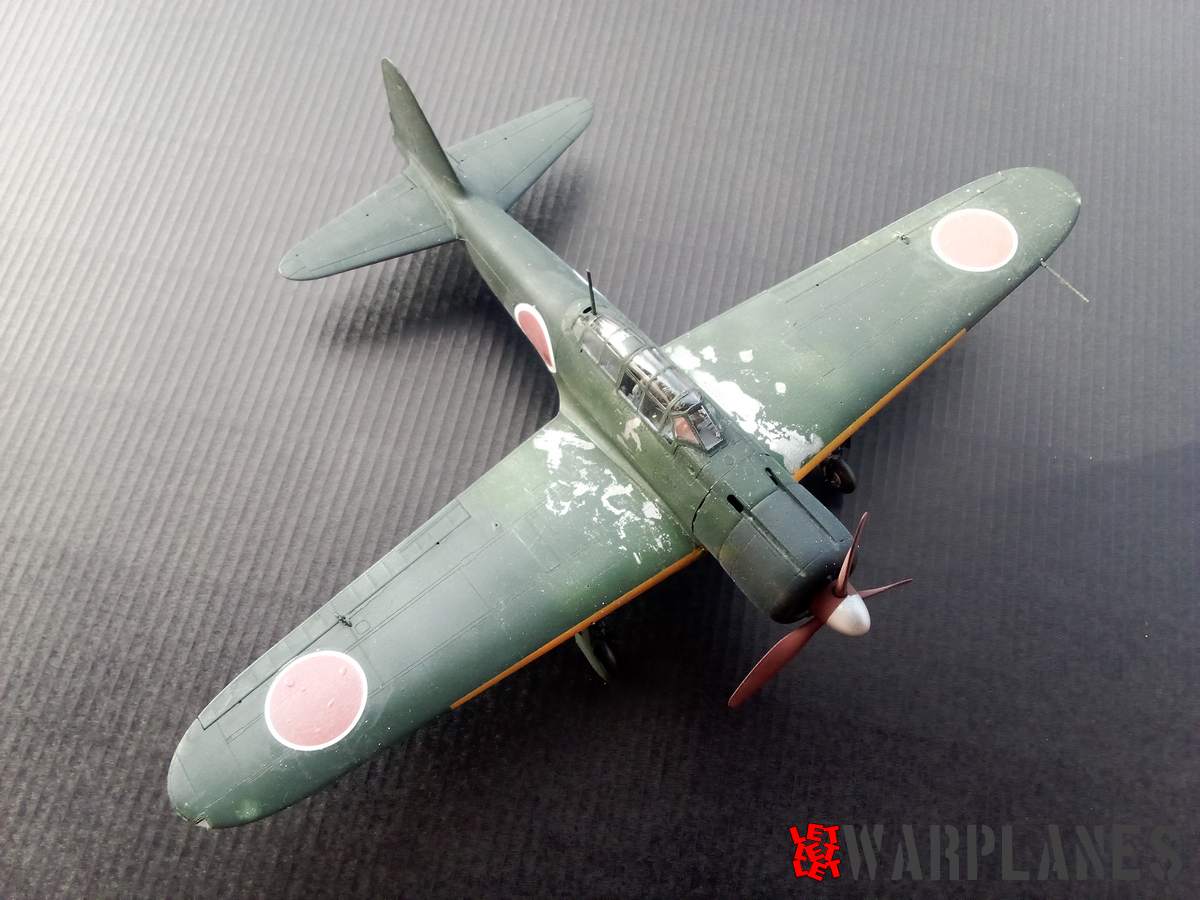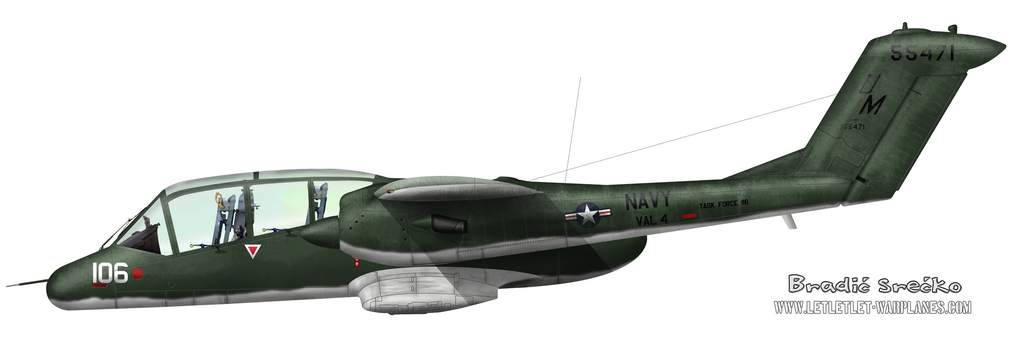Stankovic bomb 106 kg
Yugoslav industry had manufactured for the Yugoslavia military aviation a wide selection of ordnance and there were a number of various types of bombs. Caliber of the bombs was from the Wurf 2 kilogram up to the Stankovic 200 kilogram bombs. Most widely used were Stankovic bomb cal. 106 kg and this weapon enter in the wide service in the ’30.
 The same bomb was in the range of the 100 kilogram bombs but the fact is that this weight was some higher and was depend on the type of the fuse used. There was four type of fuse used and weigh could go up to the 106, 65 kilogram.
The same bomb was in the range of the 100 kilogram bombs but the fact is that this weight was some higher and was depend on the type of the fuse used. There was four type of fuse used and weigh could go up to the 106, 65 kilogram.
It was know two manufacturer of this type of bomb. One is “Vistad” from Smederevo, Serbia and the other is “DD Fabrika mostova I konstrukcija” from Krusevac, Serbia. The quality of this bomb and Yugoslav manufacture was that high that some larger quantity manufactured by “Vistad” was export in to the France. The other manufacturer from Krusevac was made wide variety of weapons and equipment, including of the hangars, crane for aircraft engine and variety of bombs.
The same bomb was made from the steel molded front piece which was later turned for the better shape and the rear part which was welded. Elaboration of the bombs was made in Sarajevo, Bosnia, and war load was TNT in the 17 set. In the first trials bombs tended to shake after release and method of laboring was changed and the bomb became very stable.
Main user of this Stankovic 106 kg bomb was bombers. Dornier Do17K could take some eight bombs in the internal bomb bay and two more on the external bomb rack. Blenheim could carry four bombs internally as well old type Breguet XIX which could carry four of them beneath the wings. This high explosive bombs used successfully in the short war and there was not known that any bomb was miss functional. It was used against of many of different targets and one brave pilot of Breguet XIX stuck one bomb under the German tank and makes it fly.
 All of the bomber units had on the stock some quantity of the ammunition and bombs but main depot of the bombs was the 32. Base at Kraljevo. Magazines were very good equipped with the train line direct to the discharge ramp. But 32. Base had also large arsenal in the village Kamenica, close to the Kraljevo. From this place was released delivery of the ammunition supply during the war. Germans were captured this arsenal almost intact and during the war they were destroyed most of the war material found there. Rest of the bombs was destroyed after the war by the new Yugoslav government.
All of the bomber units had on the stock some quantity of the ammunition and bombs but main depot of the bombs was the 32. Base at Kraljevo. Magazines were very good equipped with the train line direct to the discharge ramp. But 32. Base had also large arsenal in the village Kamenica, close to the Kraljevo. From this place was released delivery of the ammunition supply during the war. Germans were captured this arsenal almost intact and during the war they were destroyed most of the war material found there. Rest of the bombs was destroyed after the war by the new Yugoslav government.
Bomb was painted in the overall Kaki color. Many of the preserved samples have this color and there were known use of the grey color used for the hangar finishing. Except of the standard high explosive bombs there was also dummy wooden bombs used for the test of the bombing equipment. This bomb was unpainted but in the factory in Kraljevo were used orange painted samples.
Srecko Bradic
Photos: Dornier Archiv
References: authors personal research







Hi, I just came across this awesome post looking for information about Yugoslav made bombs.
Would you be able to identify the bomb in the photo?
http://sphotos.xx.fbcdn.net/hphotos-snc7/398081_275358292520833_1683052754_n.jpg
It is mounted on a Ouragan from El Salvador Air Force. El Salvador bought 18 Ouragan from Israel in 1970s, so, perhaps those bombs came with them? (french-made under license).
The only yugoslav armament known that El Salvador used were the M-55 AA guns.
I would really appreciate hearing back from you, thanks!